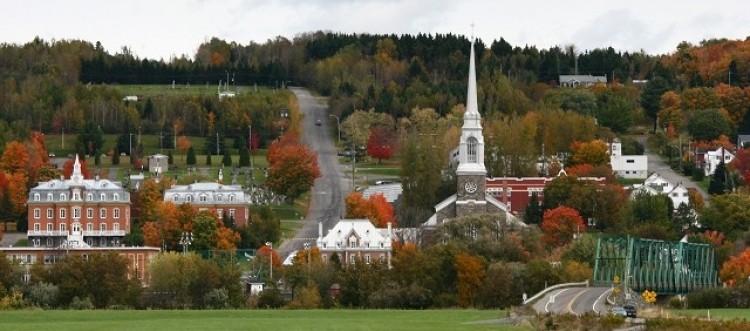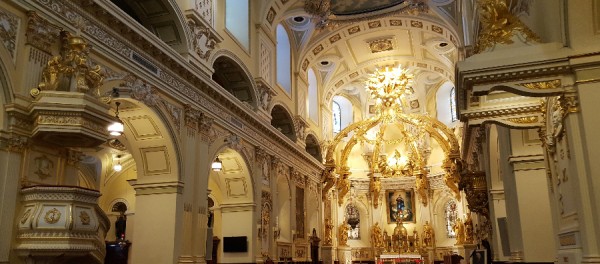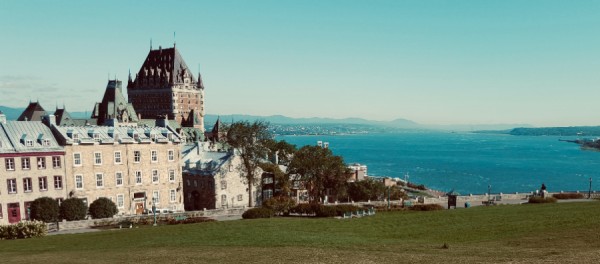
Presentada por
Ville de Saint‑Joseph‑de‑BeauceThe origins of Saint-Joseph-de-Beauce date back to the New France period, when the Saint-Joseph estate was granted to Navy Captain Pierre Rigaud de Vaudreuil in 1736. However, it is his father-in-law Joseph Fleury de la Gorgendière (1676-1755) who established a true estate, following an exchange made with Rigaud on December 8, 1737. This makes Saint-Joseph the oldest parish in the Beauce area. Joseph Fleury de la Gorgendière was an agent for the West Indies Company and a rich Place Royale merchant. He married his second wife Claire Jolliet, daughter of explorer Louis Jolliet. Joseph Fleury de la Gorgendière was actively involved in the colonization of his estate. He settled the first pioneers in Saint-Joseph, and had a flour mill and chapel built. Saint-Joseph was canonically erected in 1835, civically in 1842 and recognized as a municipal entity in 1845.
The designation of Saint-Joseph as the judicial center for the Beauce area in 1857 and the construction of the courthouse between 1859 and 1862 deeply transformed the village's look and life. The courthouse implementation resulted in a significant population growth, the arrival of professionals and service employees, the establishment of new shops and craftspeople such as saddlers and wheelwrights. Saint-Joseph obtained its village status in 1864.
The strong economy at the time allowed for the construction of a church, a presbytery, a convent, an orphanage and a college, all built on parish corporation land. This wealth inspired leaders and merchants to build prestigious houses with exceptional landscaped environments.
The village obtained its town status in 1965. Concerned with protecting its property assets, the municipality undertook a first architectural inventory in 1991 to prevent the transformation or even the demolition of some of these houses. In 1999, a program of financial assistance for the restoration of heritage buildings inspired owners to restore houses, thereby ensuring the preservation and showcasing of the municipality's built heritage. In 2001, a second inventory identified other properties of interest located in the town's rural area.
CREDITS
This project is carried out within the framework of the Cultural development agreement between the MRC Beauce-Centre and the Ministry of Culture and Communications of Quebec.
Sources
L'ensemble institutionnel et le palais de justice de Saint-Joseph-de-Beauce, Daniel Carrier, art historian. Other: Denis Laroque (2006)




Comentarios
Saint-Joseph-de-Beauce | MRC Beauce-Centre Heritage Tour